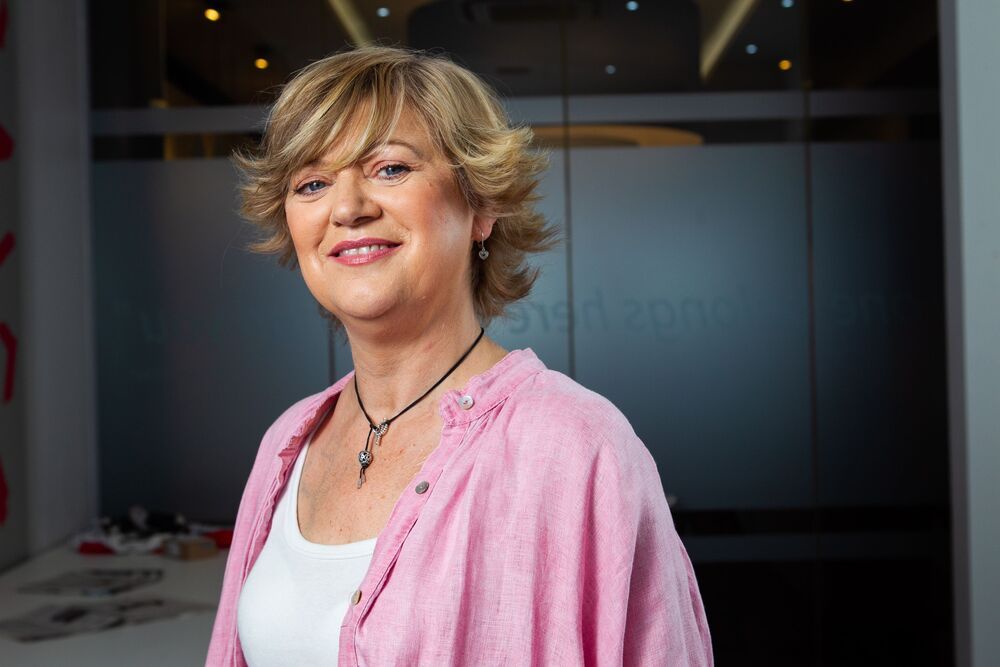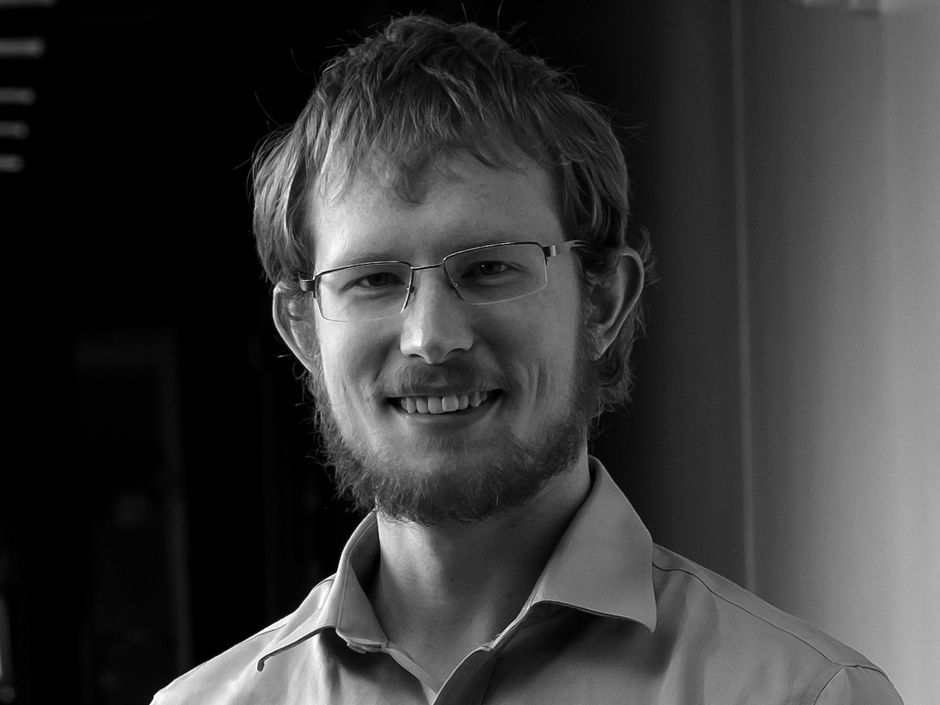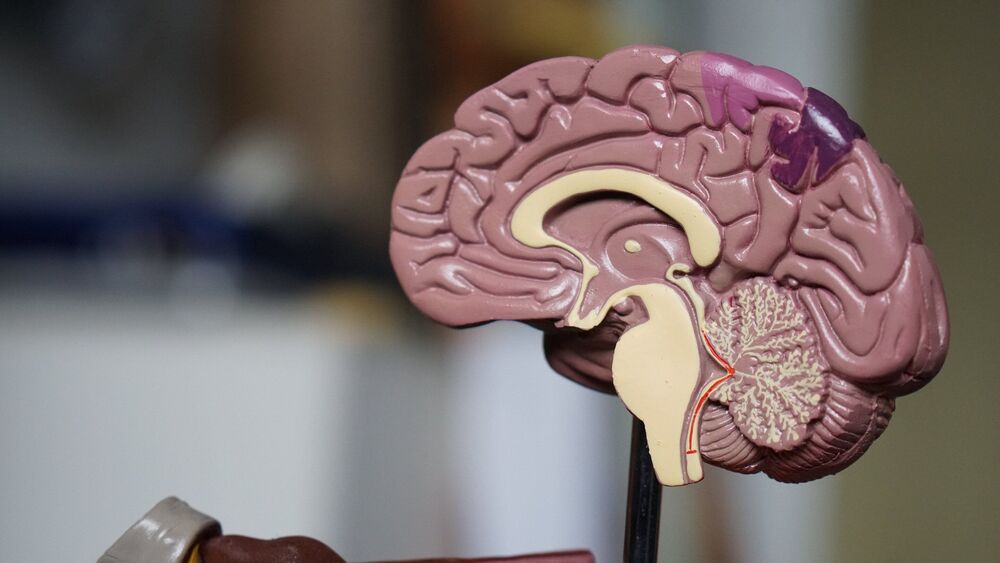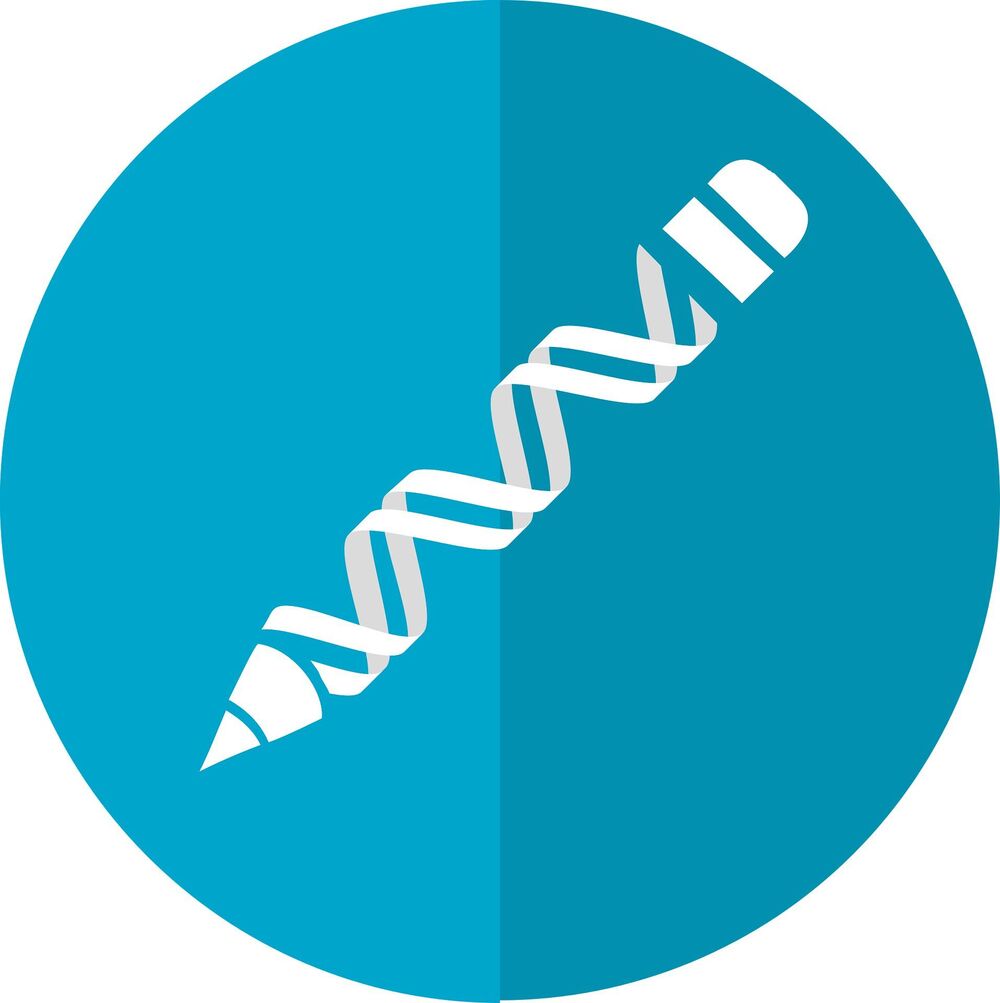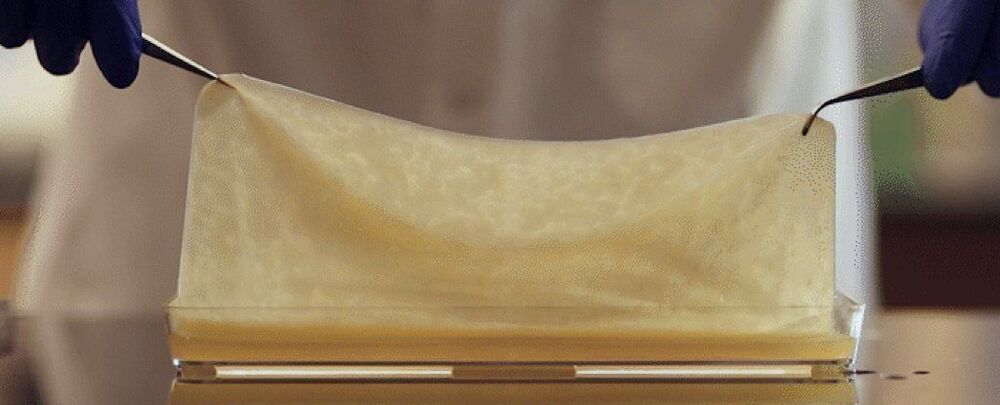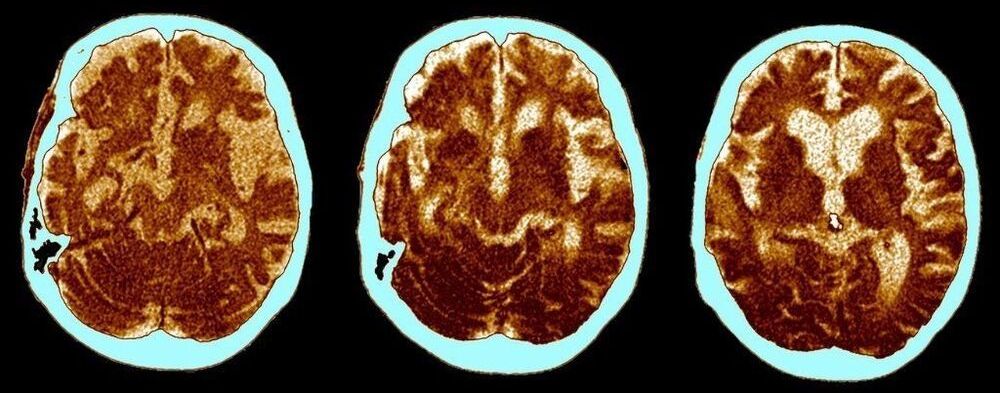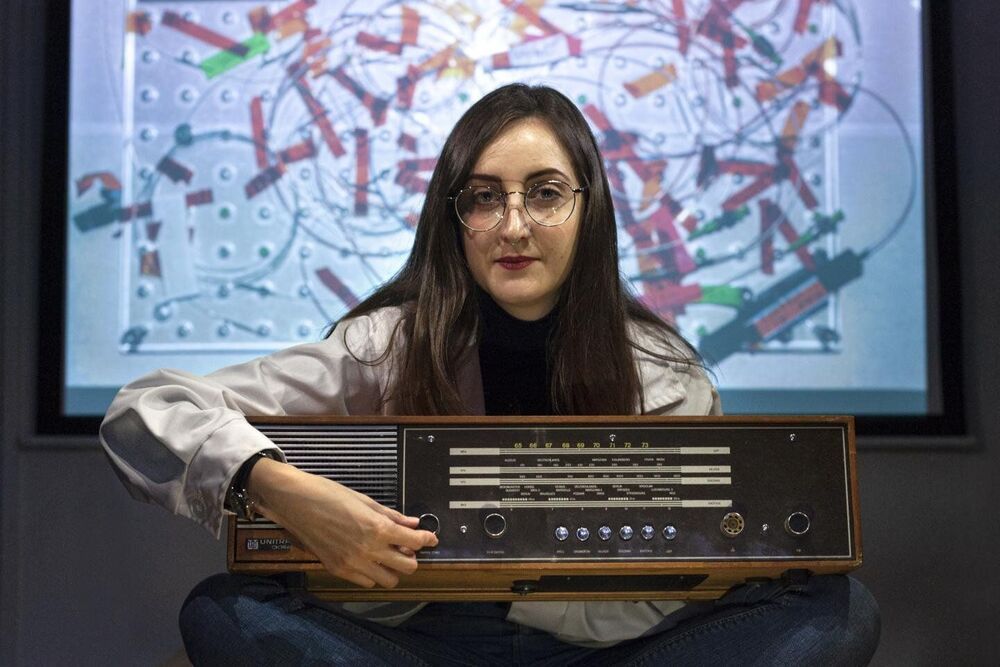
Would you like to capture a chemical transformation inside a cell live? Or maybe revolutionize microchips’ production by printing paths in a layer that has a thickness of just 100 nanometers? These and many other goals can now be achieved with the latest femtosecond laser created by a team of scientists led by Dr. Yuriy Stepanenko.
These days, there is a multitude of laser light sources. They each have their characteristics and different applications, such as observing stars, treating illnesses, and surface micro-machining. “Our goal is to develop new ones,” says Yuriy Stepanenko, head of the team of Ultrafast Laser Techniques at the Institute of Physical Chemistry of the Polish Academy of Sciences. “We deal with sources that produce ultrashort pulses of light. Really very, very short—femtosecond pulses (that’s a part of a second with 15 zeros after the decimal point). This is the scale on which, for example, intracellular chemical reactions take place. To see them, we have to ” take a photo” in this very short time. And thanks to the new laser, we can do just that.
We can also use our source for the very precise removal of materials from various surfaces without destroying them, says the scientist. We could, for example, clean the Mona Lisa using this method without damaging the layers of paint. We would only remove dust and dirt, a layer about 10 nanometers thick, explains Dr. Stepanenko, one of the authors of a study recently published in the Journal of Lightwave Technology.
